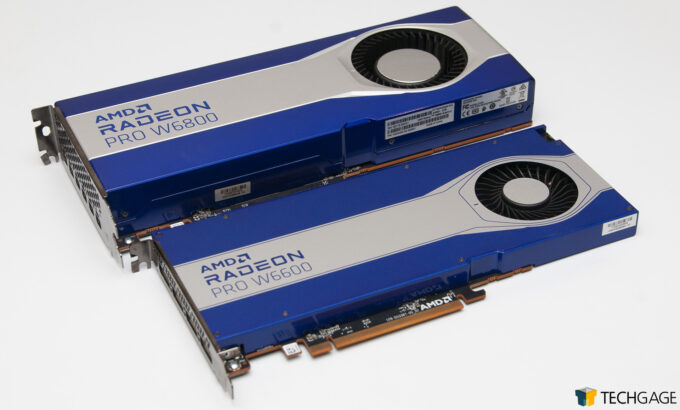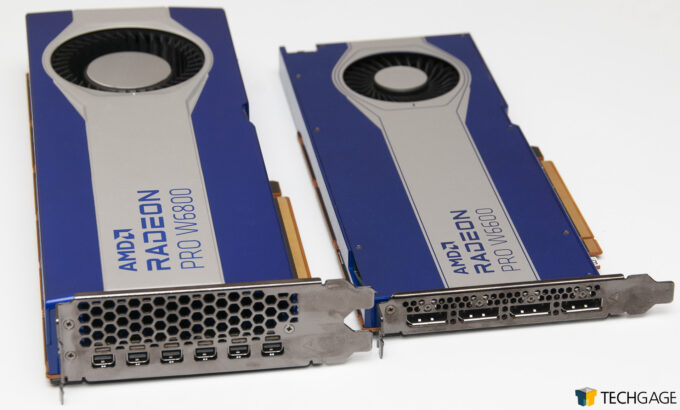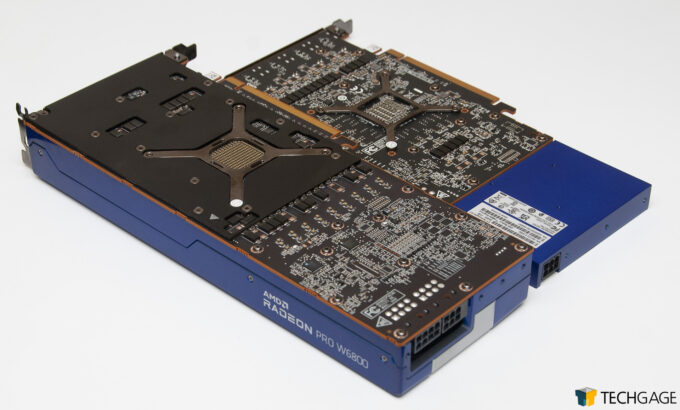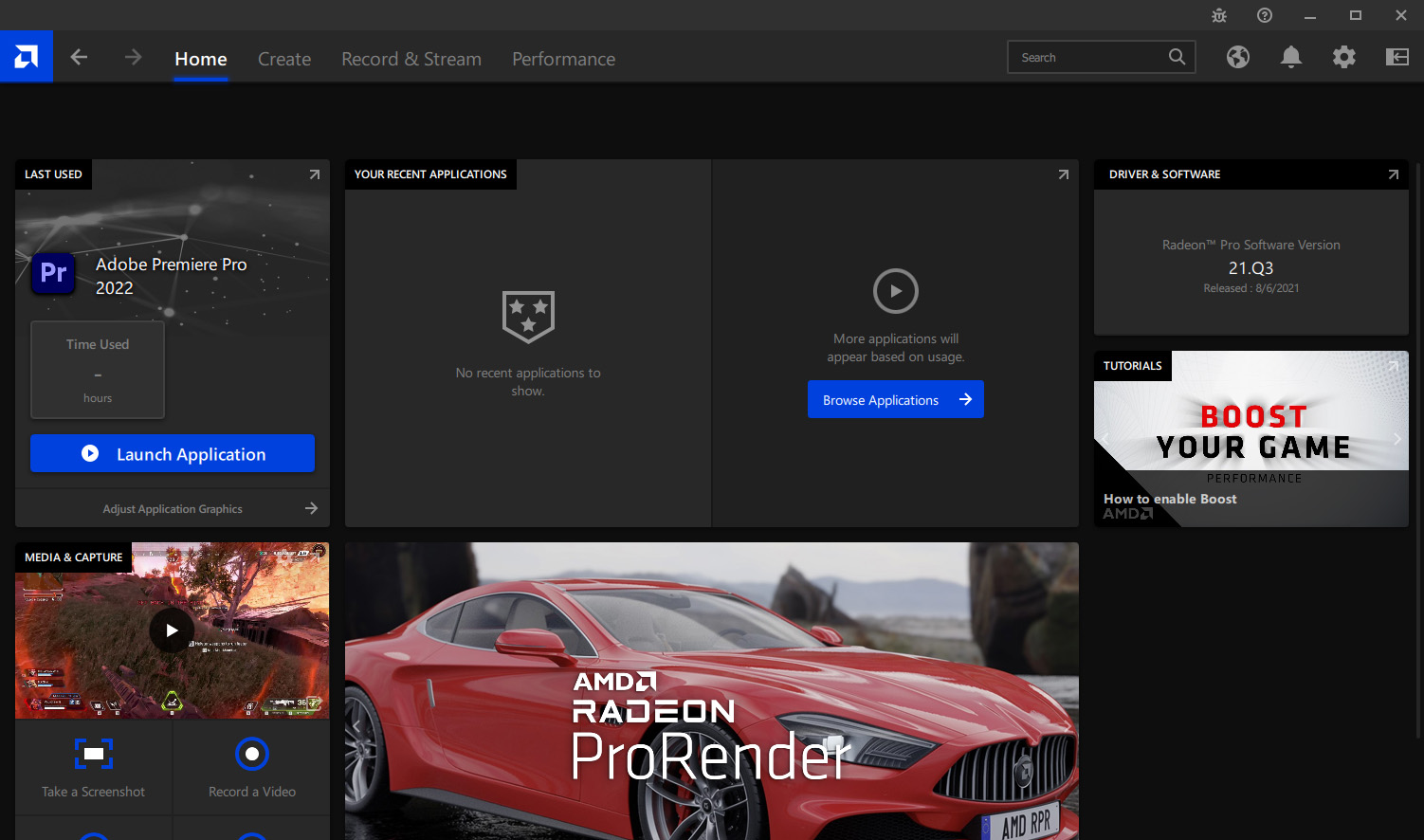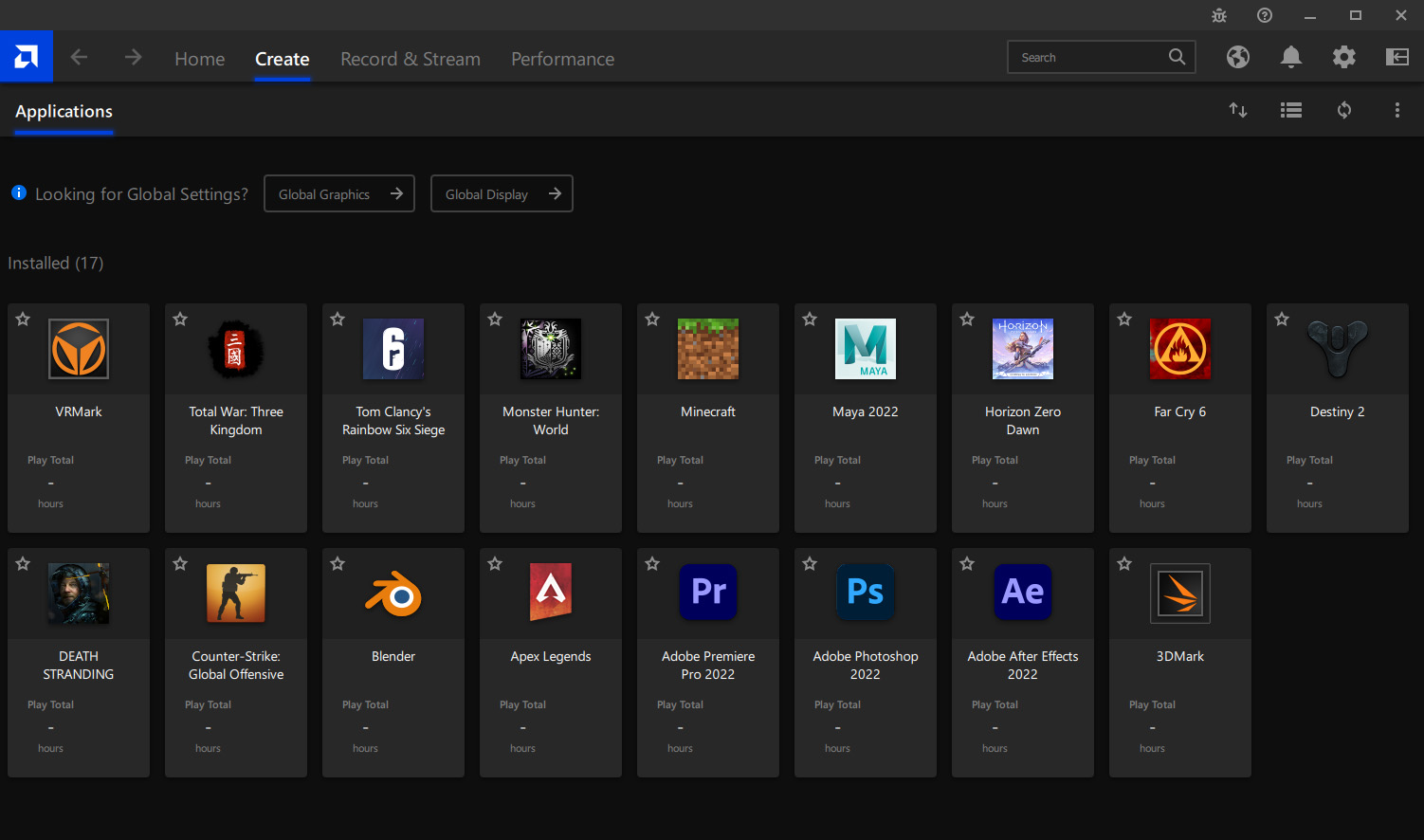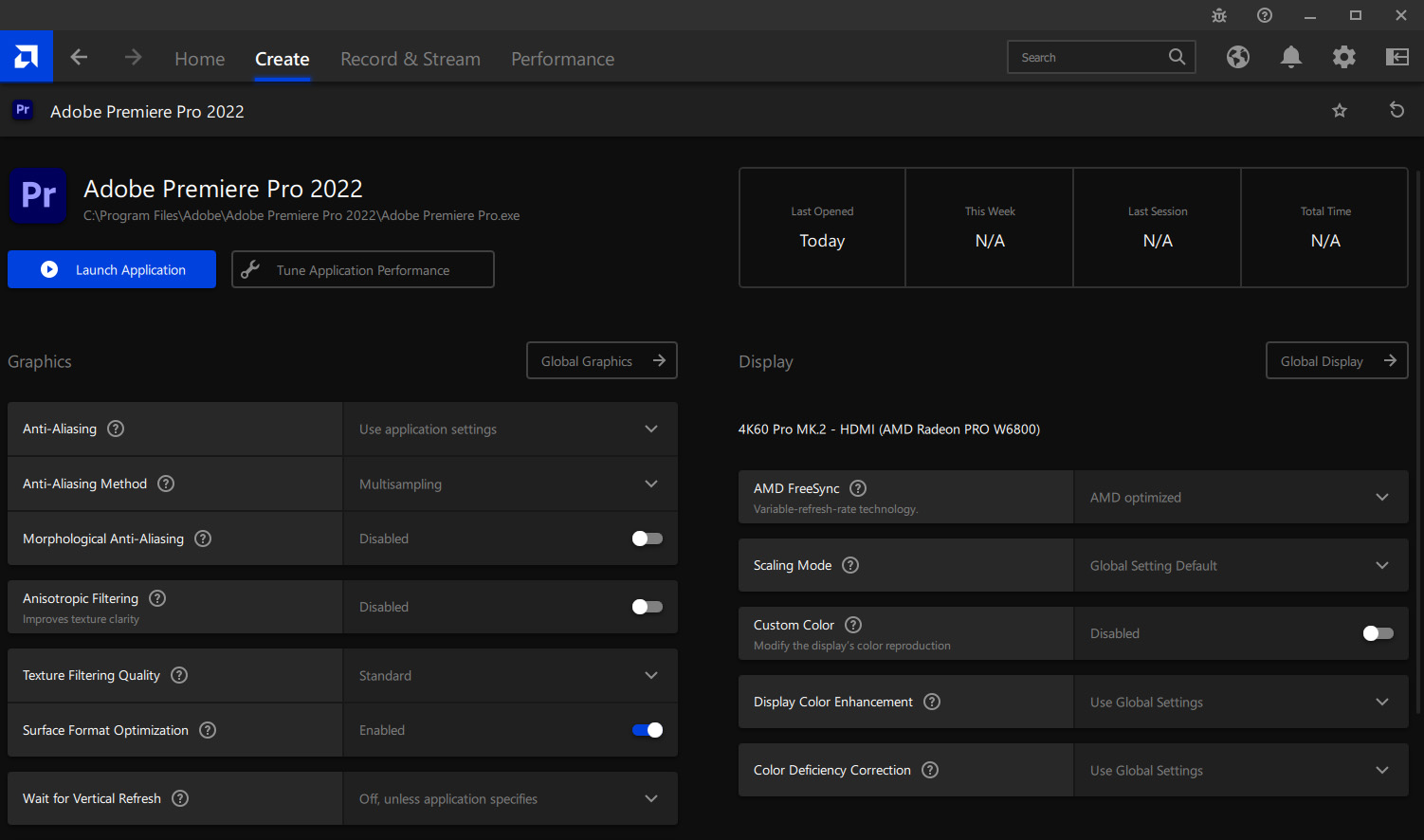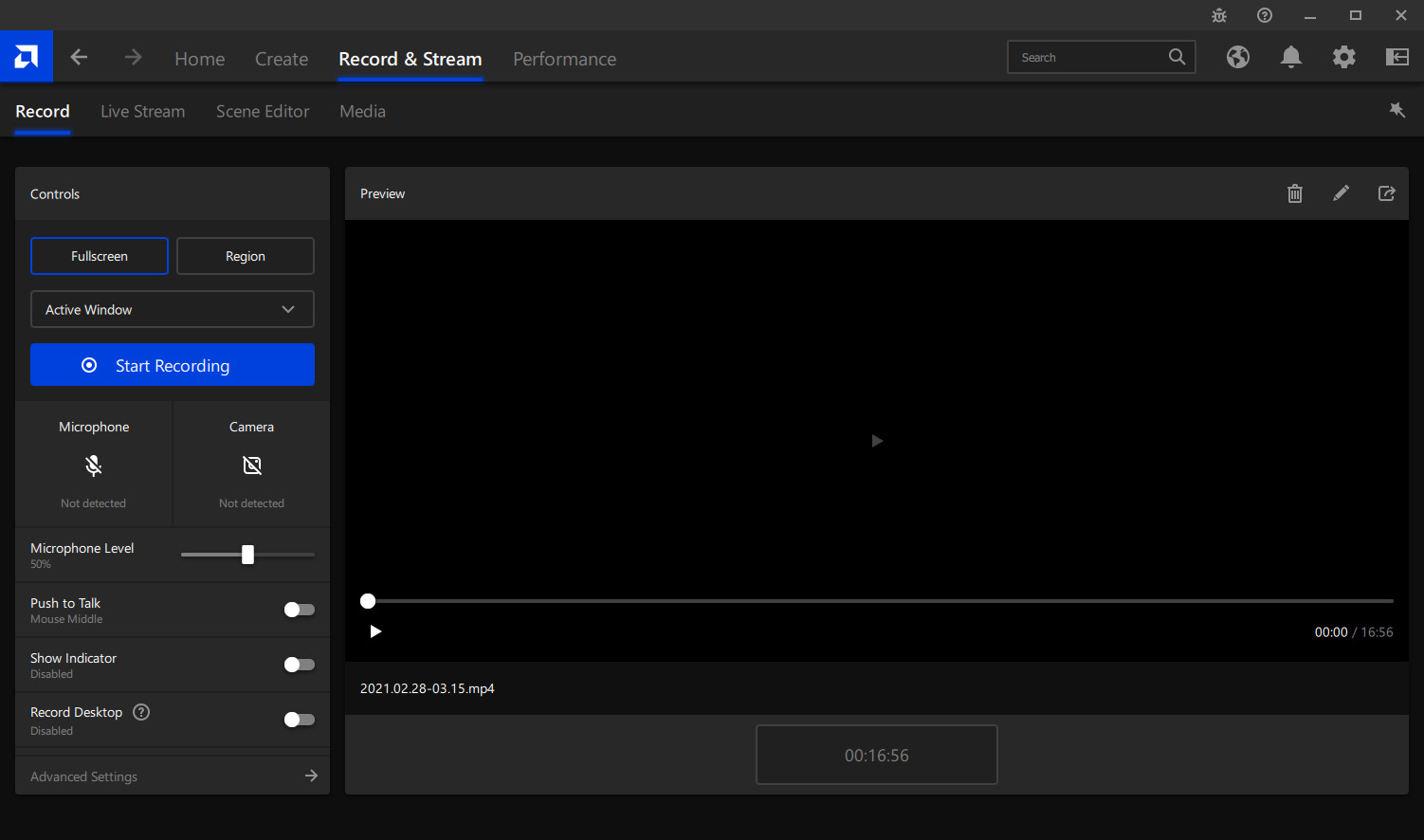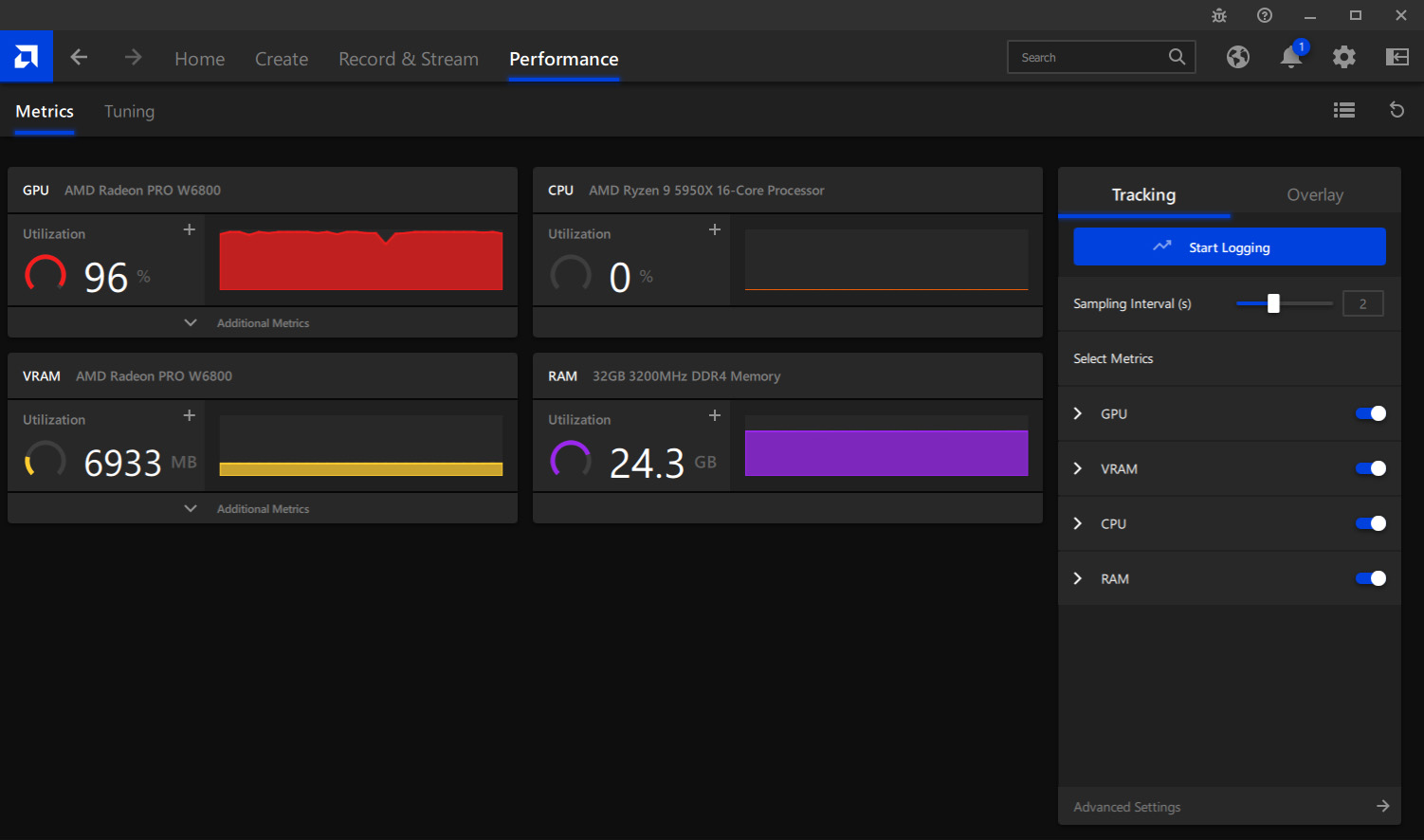- Qualcomm Launches Snapdragon 4 Gen 2 Mobile Platform
- AMD Launches Ryzen PRO 7000 Series Mobile & Desktop Platform
- Intel Launches Sleek Single-Slot Arc Pro A60 Workstation Graphics Card
- NVIDIA Announces Latest Ada Lovelace Additions: GeForce RTX 4060 Ti & RTX 4060
- Maxon Redshift With AMD Radeon GPU Rendering Support Now Available
RDNA2 For Workstation: AMD Radeon Pro W6600 & W6800 Review
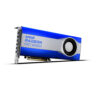
AMD has so far released two Radeon Pro models built around its RDNA2 architecture – W6600 and W6800 – and compared to the previous-gen, there’s a lot of improvement. In addition to faster performance in general, we see additions like hardware RT, as well as support for resizable BAR and variable rate shading. Let’s see how both cards fare in our gauntlet of tests.
Page 1 – Introduction & Testing References
It doesn’t seem like there’s much room for a dull moment at AMD nowadays, as the company continues to ride the wave of its resurgence in both the CPU and GPU markets. When the company released its first RDNA GPUs in 2019, there was a lot to like, both with performance and features. With RDNA2, which graces the Radeon Pros we’ll be taking a look at here, the company managed to impress us more than we expected.
With RDNA2, AMD delivers performance to allow it to be competitive at the top-end of the market, and adds support for valuable features like resizable BAR, variable rate shading, and hardware ray tracing – all of which can be great for both working and gaming.
To date, AMD has released two RDNA2-based Radeon Pros: the 8GB W6600 at $649, and the 32GB W6800 at $2,249. If this is somehow the first time you’ve heard of the Radeon Pro W6800, then yes – we really did say 32GB.
| AMD’s Radeon Pro Workstation GPU Lineup | |||||||
| Cores | Base MHz | Peak FP32 | Memory | Bandwidth | TDP | Price | |
| W6800 | 3840 | 2555 | 17.83 TFLOPS | 32 GB 5 | 512 GB/s | 250W | $2249 |
| W6600 | 1792 | 2331 | 10.4 TFLOPS | 8 GB 1 | 224 GB/s | 100W | $649 |
| W5700 | 2304 | 1630 | 8.89 TFLOPS | 8 GB 1 | 484 GB/s | 205W | $799 |
| W5500 | 1408 | 1744 | 5.35 TFLOPS | 8 GB 1 | 224 GB/s | 125W | $799 |
| WX 9100 | 4096 | 1200 | 12.3 TFLOPS | 16 GB 8 | 484 GB/s | 230W | $1399 |
| WX 8200 | 3584 | 1200 | 10.8 TFLOPS | 8 GB 8 | 512 GB/s | 230W | $999 |
| WX 7100 | 2304 | 1188 | 5.73 TFLOPS | 8 GB 3 | 224 GB/s | 130W | $549 |
| WX 5100 | 1792 | 713 | 3.89 TFLOPS | 8 GB 3 | 160 GB/s | 75W | $359 |
| WX 4100 | 1024 | 1125 | 2.46 TFLOPS | 4 GB 3 | 96 GB/s | 50W | $259 |
| WX 3100 | 512 | 925 | 1.25 TFLOPS | 4 GB 3 | 96 GB/s | 50W | $169 |
| WX 2100 | 512 | 925 | 1.25 TFLOPS | 2 GB 3 | 56 GB/s | 50W | $129 |
| Notes | 1 GDDR6; 2 GDDR5X; 3 GDDR5; 4 HBM2 5 GDDR6 (ECC); 6 GDDR5X (ECC); 7 GDDR5 (ECC); 8 HBM2 (ECC) W6000 = RDNA2 W5000 = RDNA WX 8200~9100 = Vega WX 2100~7100 = Polaris |
||||||
If its price and performance level isn’t enough to explain itself, the Radeon Pro W6800 is best-suited for those who don’t want to be held back by anything – memory limits, or even memory errors. If you want ECC (Error Correction Code) memory, the W6800 will be your go-to on the Radeon side. Neither of the two Radeon Pros from the previous RDNA generation offered ECC, so it’s good to see an option return.
For those with more modest needs, especially those working mostly with CAD, or just want a stable workstation, there’s the low-power single-slot 8GB Radeon Pro W6600.
At the back of the W6600 are four full-sized DisplayPort connectors, allowing for four monitors at 4K or 5K, or one monitor at 8K. Opting for even greater monitor support with the W6800, AMD’s included six mini-DisplayPort connectors, supporting six 4K or 5K monitors, or two 8K.
With the release of PCIe 4.0, AMD saw an opportunity to enable resizable BAR support on its RDNA2 cards, letting certain workloads to send data more efficiently between GPU and CPU to enable a performance uplift. Not too long after AMD introduced its reBAR support, or Smart Access Memory in its terms, NVIDIA followed suit, and so will Intel with its upcoming Arc-series GPUs.
AMD has so far released seven different models in its gaming-focused Radeon lineup, so as it stands today, there will be obvious gaps that could be filled in AMD’s current-gen Radeon Pro lineup. Whether or not the company will augment the series with additional models is unknown. We only saw two models in the previous-gen Radeon Pro lineup, as well, so AMD may believe the bases are well covered here.
It’s important to note that the feature set of the Radeon Pro series goes beyond regular Radeon, as you would expect with a different market focus. Most notable is strong support for using a remote workstation, but also noteworthy is the completely overhauled Radeon Pro Software suite that allows you to access every aspect of your GPU quickly and intuitively:
Considering the lack of a call-out in the earlier specs table, it probably won’t surprise you that neither of the new Radeon Pro models deliver strong double-precision (FP64) performance. The focus of the Radeon Pro series is more on creation and design than scientific or financial computation, so there are better-suited models out there if those workloads are important to you. In early 2020, AMD delivered such a solution with its Radeon Pro VII. Its high-end Instinct compute cards likewise have uncapped FP64.
Test PC & What We Test
On the following pages, the results of our workstation GPU test gauntlet will be seen. The tests chosen cover a wide range of scenarios, from rendering to compute, and includes the use of both synthetic benchmarks and tests with real-world applications from the likes of Adobe and Autodesk.
To paint a good overall picture of current performance, we’re using a blend of gaming and workstation GPUs. For some users, the best performance for the buck is the most important factor when scouting out a new GPU, while for others, increased platform stability and optimization through drivers is more integral.
Our system as tested:
| Techgage Workstation Test System | |
| Processor | AMD Ryzen 9 5950X (3.4GHz Base, 4.9GHz Turbo, 16C/32T) |
| Motherboard | ASRock X570 TAICHI (EFI: P4.30 04/14/2021) |
| Memory | Corsair Vengeance RGB Pro 8GB x 4 (CMW32GX4M4C3200C16) Operates at DDR4-3200 16-18-18 (1.35V) |
| Graphics | AMD Radeon Pro & Radeon: AMD Radeon Pro W6800 (32GB; $2,249) AMD Radeon Pro W6600 (8GB; $649) AMD Radeon Pro W5700 (8GB; $849) AMD Radeon Pro W5500 (8GB; $429) AMD Radeon RX 6900 XT (16GB; $999) AMD Radeon RX 6800 XT (16GB; $649) AMD Radeon RX 6800 (16GB; $579) AMD Radeon RX 6700 XT (12GB; $479) AMD Radeon RX 6600 XT (8GB; $379) AMD Radeon RX 6600 (8GB; $329) NVIDIA Quadro & GeForce: NVIDIA Quadro RTX 6000 (24GB, $3,999) NVIDIA Quadro RTX 4000 (8GB, $899) NVIDIA TITAN RTX (24GB, $2,499) NVIDIA RTX 3090 (24GB, $1,499) NVIDIA RTX 3080 Ti (12GB, $1,199) NVIDIA RTX 3080 (10GB, $699) NVIDIA RTX 3070 Ti (8GB, $599) NVIDIA RTX 3070 (8GB, $499) NVIDIA RTX 3060 Ti (8GB, $399) NVIDIA RTX 3060 (12GB, $329) |
| Audio | Onboard |
| Storage | AMD: Samsung 480GB SATA SSD NVIDIA: Samsung 480GB SATA SSD Export SSD: Aorus 2TB PCIe 4.0 GP-ASM2NE6200TTTD |
| Power Supply | Corsair RM850x (850W) |
| Chassis | Fractal Design Define C Mid-tower |
| Cooling | Corsair iCUE H115i RGB PLATINUM (240mm) |
| Et cetera | Windows 10 Pro build 19043 (21H1) AMD Drivers: Adrenalin 21.9.2 / Enterprise 21.Q3 NVIDIA Drivers: Studio 472.12 / Quadro 472.12 |
Our benchmark results are categorized and spread across the following pages. On page 2, we’re taking a look at renderers with the help of Blender, Radeon ProRender, and LuxMark. Page 3 is home to our encoding tests, which are handled by Adobe’s Premiere Pro, VEGAS Pro, BRAW Speed Test, and an application we throw into the same pile: Agisoft’s photogrammetry tool, Metashape. Page 4 handles viewport performance across a range of popular suites. Page 5 tackles synthetic system tests with the help of SiSoftware’s Sandra, while page 6 covers the same synthetic angle for gaming. The final page will include some power tests along with our final thoughts.
And with all of that covered, let’s get on with it:
Support our efforts! With ad revenue at an all-time low for written websites, we're relying more than ever on reader support to help us continue putting so much effort into this type of content. You can support us by becoming a Patron, or by using our Amazon shopping affiliate links listed through our articles. Thanks for your support!




